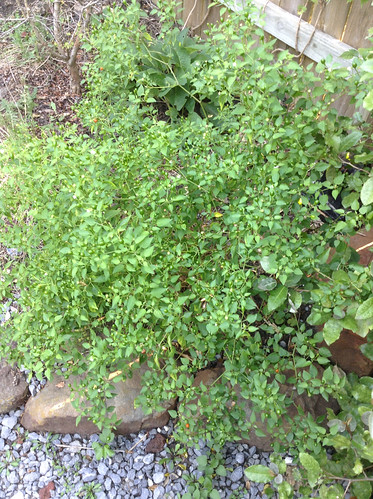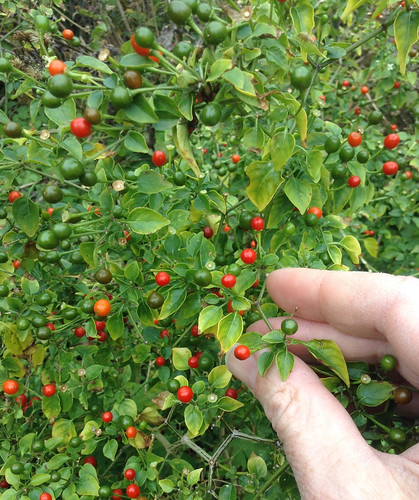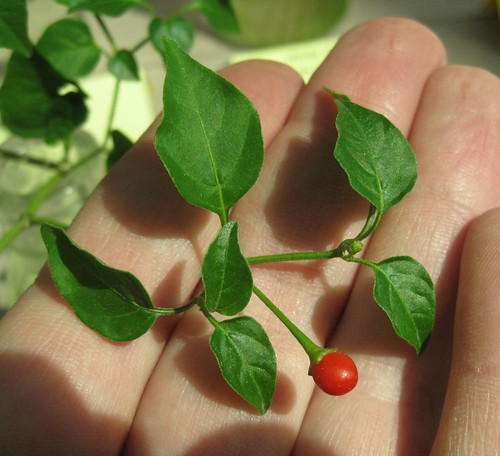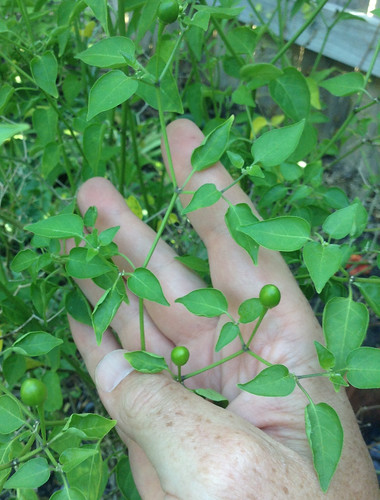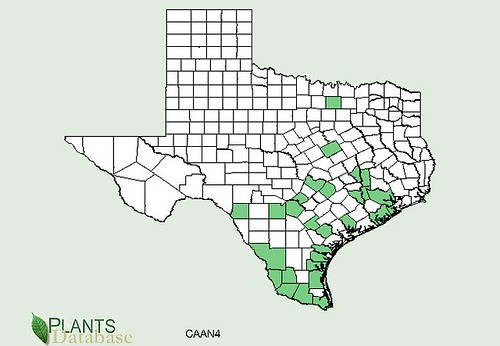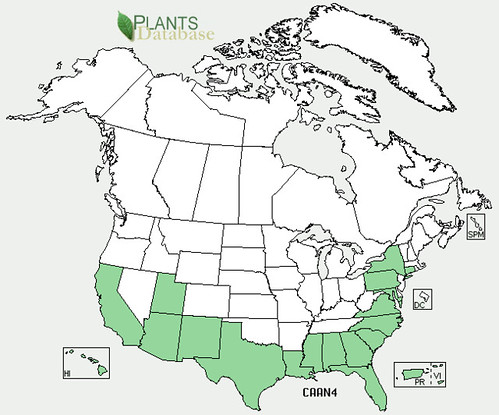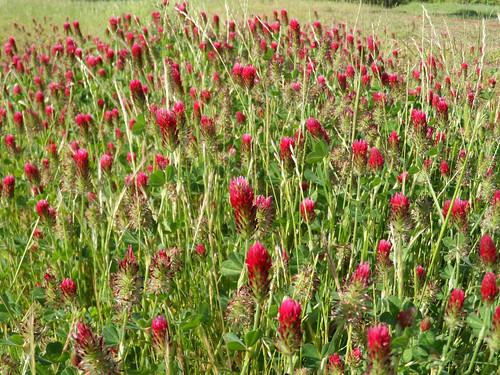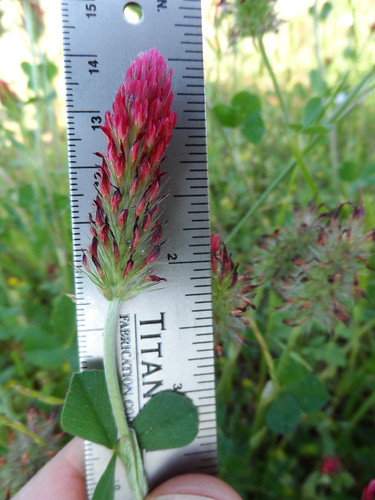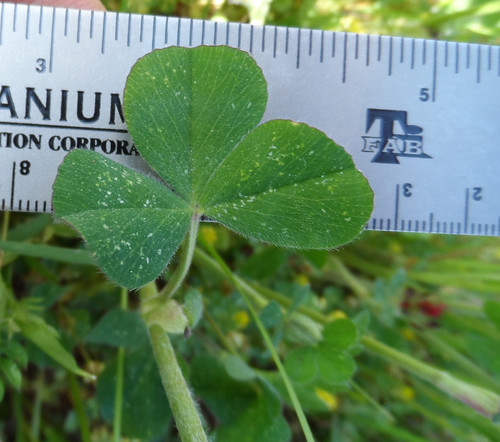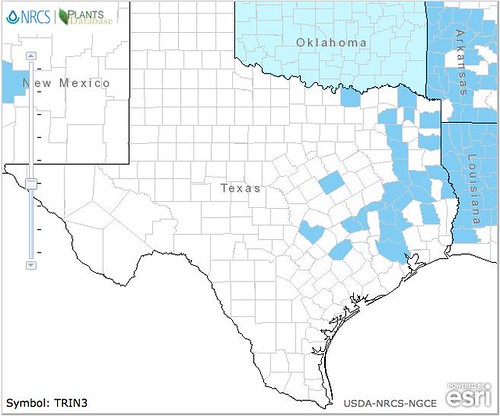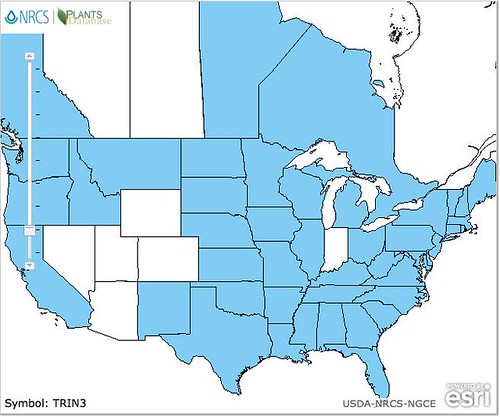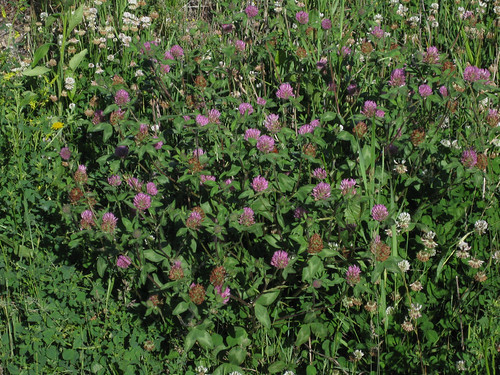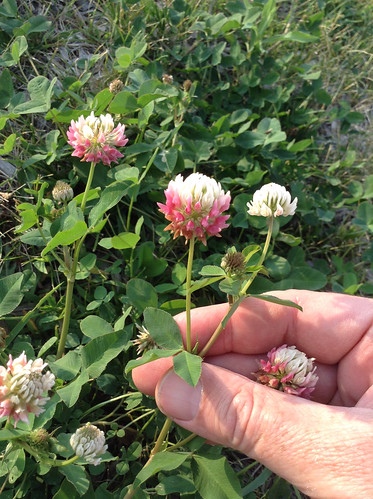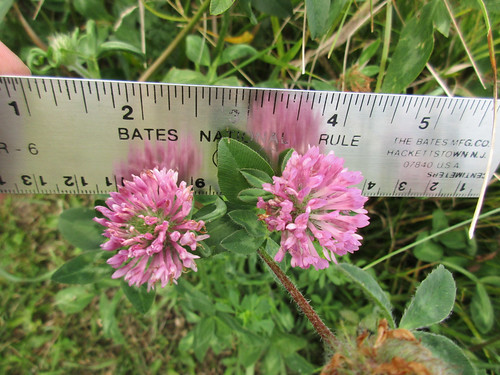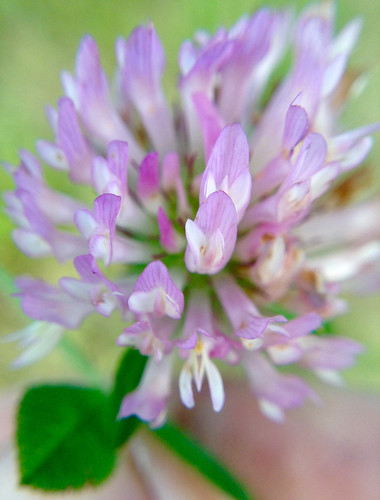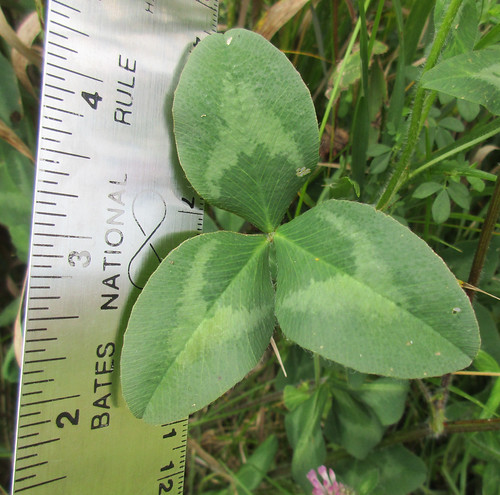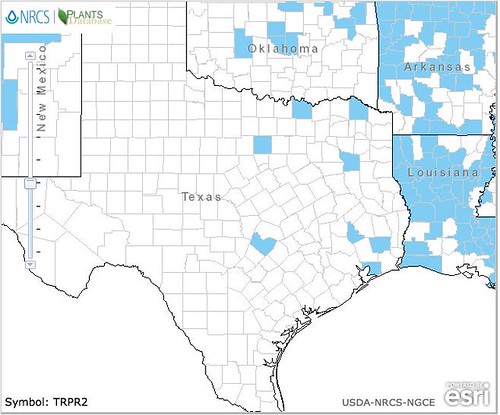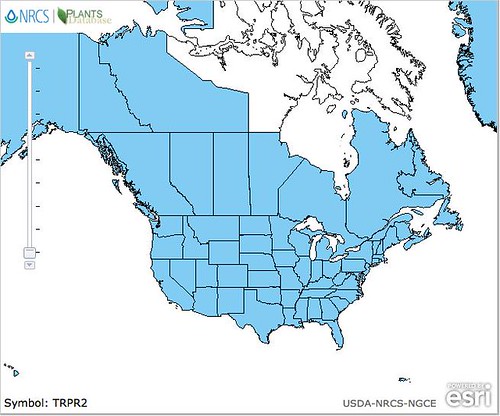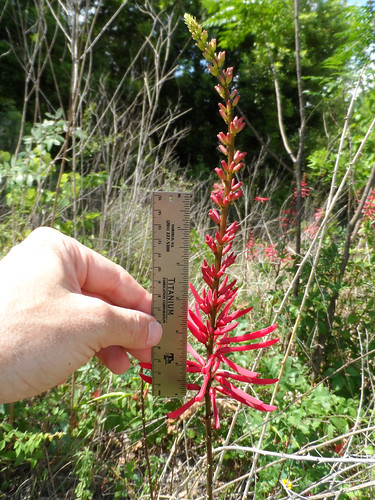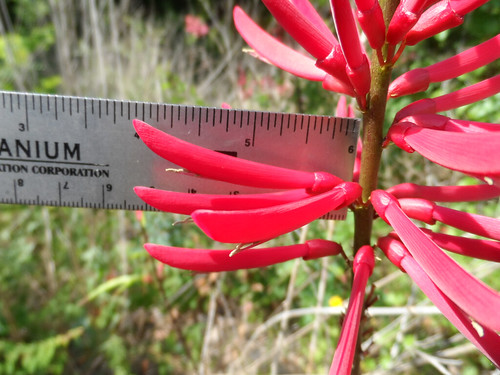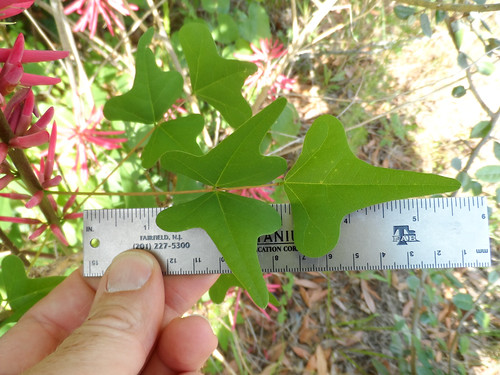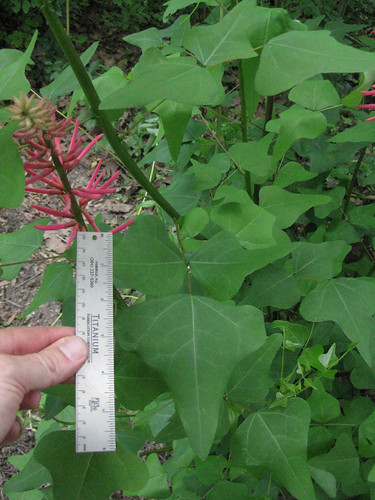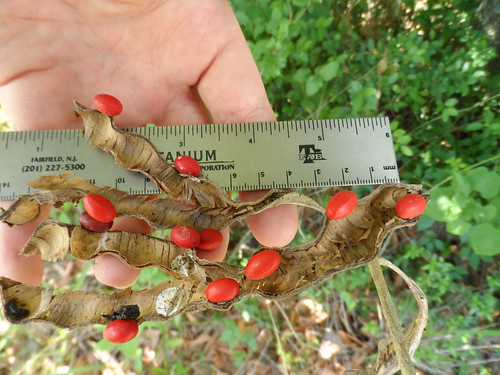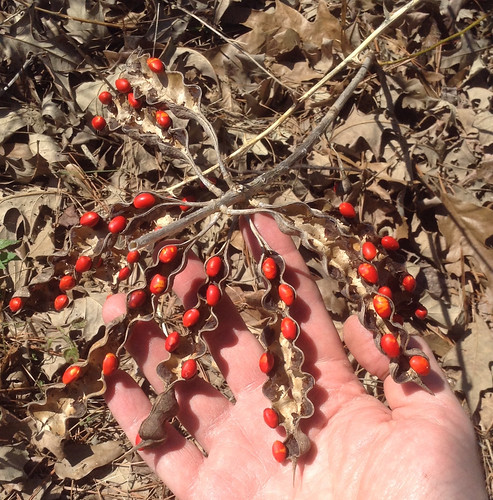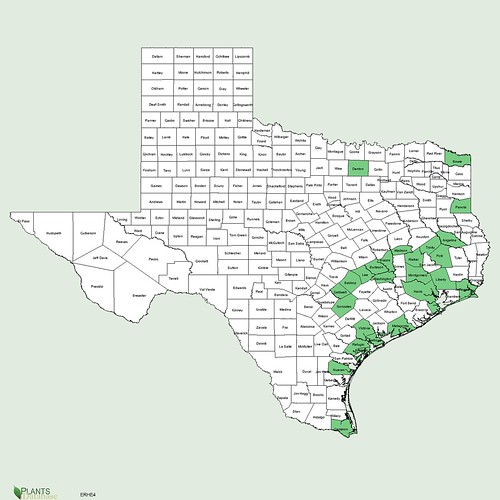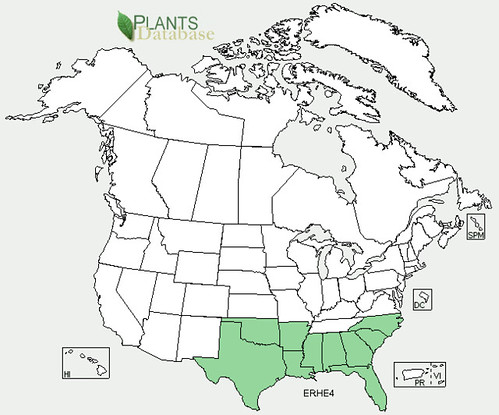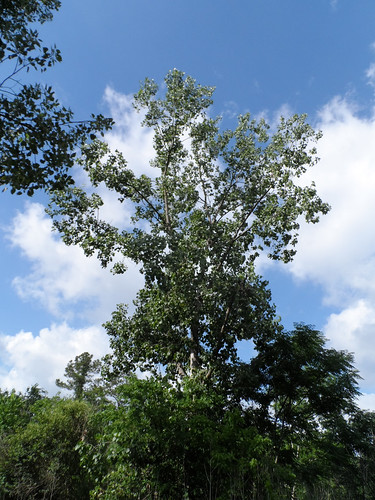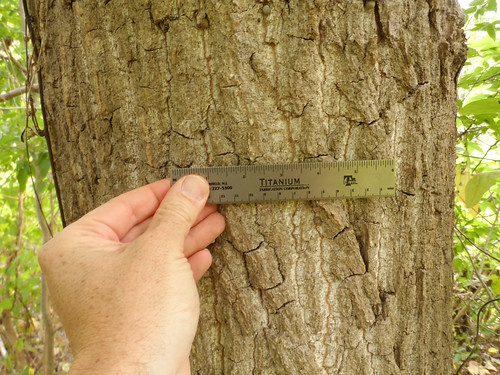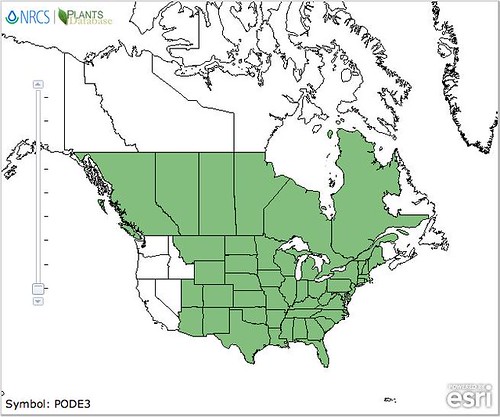Abundance: uncommon
What: Leaves, roots, flowers
How: leaves raw or cooked; root roasted then ground into a coffee substitute; flowers can be eaten raw or pickled
Where: Sunny areas, ditches, abandoned yards
When: early spring otherwise leaves are too bitter
Nutritional Value: Leaves contain vitamins A, C, K
Medicinal Summary:
Root - diuretic; antibacterial; laxative; sedative; appetite stimulant (tisane, tincture)
Chicory plant before growing flower stalks.
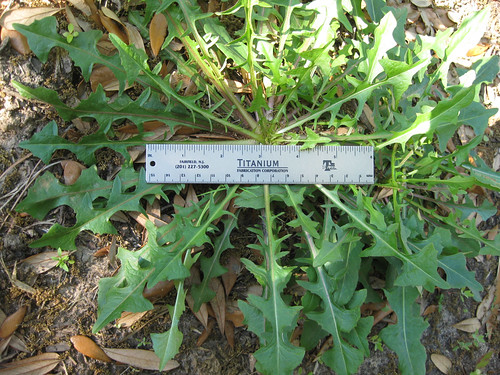
Chicory flowers along a stem. The long, narrow leaves around the flowers are wild onions hiding the chicory leaves.
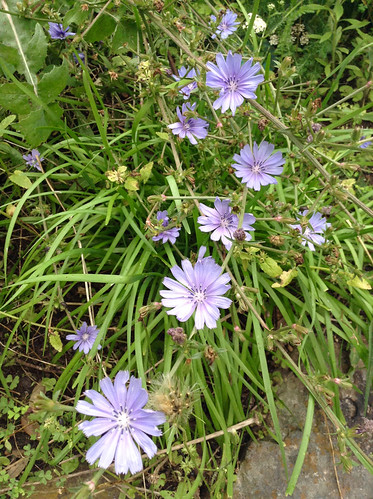
Close-up of chicory flower.
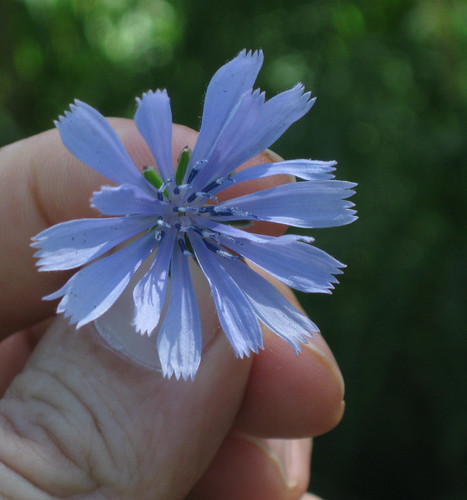
Chicory leaves are smooth on top but hairy underneath.
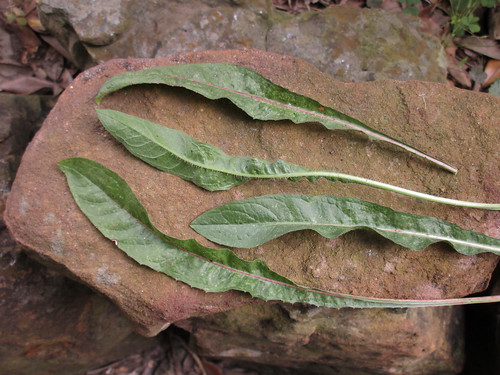
Chicory root.
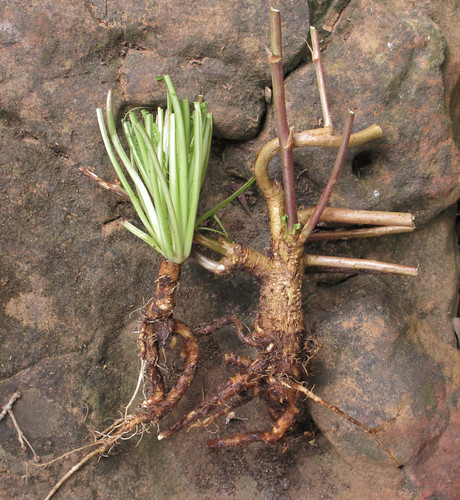
North American distribution, attributed to U. S. Department of Agriculture.
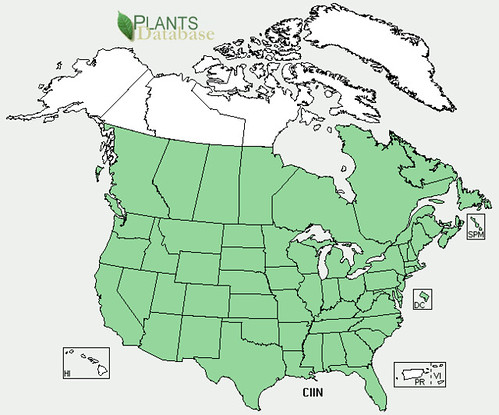
Look for chicory in old, abandoned fields and farmhouse yards. It also shows up quite plentifully in road ditches but that's not a good place to harvest plants. In Texas chicory is a cool-weather (fall/winter/spring) plant but across the rest of North America it can be found most of the summer.
The young leaves can be eaten raw in salads, though they do have a strong, somewhat bitter taste. This bitterness increases once the plant flowers. See "Preparation Tips for Bitter Greens" for ways to cut the bitterness of these greens.
Unlike dandelions, chicory will produce multiple blossoms along a stiff, somewhat woody stem. These flowers are eaten raw or pickled. One could probably make tea from them but it won't have the flavor or medicinal properties of dandelion flower tea.
Chicory roots can be used as a caffeine-free coffee substitute. Roast the roots to a dark brown color in an oven at 400F. The darker the color the more roasted flavor they will have. After roasting coarsely grind the roasted roots before using to brew coffee.
Edible Dandelion Mimics:
Dandelion
Cat's Ear
Chicory
Japanese Hawkweed
Salsify
Sow Thistle
Texas Dandelion
Wild Lettuce
Buy my book! Outdoor Adventure Guides Foraging covers 70 of North America's tastiest and easy to find wild edibles shown with the same big pictures as here on the Foraging Texas website.



